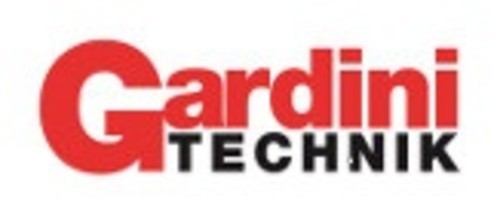
Megalopolis and urban agriculture, the new frontier for the gardening industry
The huge growth of urban agglomerations and the progressive inclusion into the territory of the city not only of green areas but also of agricultural activities will be one of the most relevant phenomena of the next years. According to Franco Novello, President of Comagarden, the industry that produces technologies for the management of green areas must face up to this challenge, designing and manufacturing innovative and multi-purpose mechanical machinery, in order to operate effectively in new contexts
The geography of the market of gardening machinery is a developing one. If until only a few years ago most of the production was absorbed by Western countries (more than 80% between United States and Europe), the present scene is characterized by the emerging of new areas. There is an increase of demand for machinery for the management of green areas in Eastern Europe, Arab countries invest conspicuous resources in the creation and management of green areas, and enormously vast countries such as India and Argentina are due to record the fastest growth rates in demand by 2020.
During a press conference held 21st of April in Milan, Franco Novello, President of the Comagarden, the association of Italian manufacturers, stated that “this progressive expansion of the market depends on cultural factors such as research aimed at improving quality of life, enhancement of touristic, recreational and sport activities, the rediscovery of the relationship between man and nature, the development of an idea of architecture and of urbanization that considers green areas not as an accessory element but as a structural element of the space we inhabit.”
For this reason the market of machinery and equipment for gardening and green management is due to grow significantly in the near future, offering perspectives for development to manufacturing industries, both in countries that have a consolidated tradition in the construction of these machines, and in emerging countries, which have overwhelmingly penetrated the market in these years, often implementing aggressive marketing strategies mainly centred on the price.
In order to meet the current challenges, the association of Italian manufacturers has developed initiatives on several fronts, systematically promoting Italian products among economic operators of foreign countries, while also developing strategies to contrast counterfeiting, the copying of patents and the marketing of machinery lacking the necessary quality and safety requirements, on the part of emergent countries.
Novello explained that: “Trade fairs have proven in these years to be an effective instrument for the promotion of our products, and the success of events such as EIMA Green (more than 300 exhibiting industries in the 2016 edition) and Agrilevante, which have a specific section dedicated to machinery for gardening and for recreational gardening, demonstrate this.”
However, the strategy to maintain the Italian industry competitive also in the near future must be able to foresee future scenarios, both economic and social. Two elements in particular seem to be relevant with regard to this sector: the development of multifunctional activities in agriculture and the expansion of metropolitan areas.
Illustrating some guidelines for the development of the the Italian association, Franco Novello explained that “if up until a few years ago it was possible to make a clear distinction between machinery for agriculture and machinery for gardening, today this distinction appears increasingly blurred, because of the establishment of activities such as hobby farming, part-time agriculture, multifunctional and recreational activities in rural contexts, that require a flexible and small scale mechanization, in which the industries of our sectors can play a role.”
With regard to the phenomenon of concentration of global population in large metropoles, many of which will count tens of millions of inhabitants in twenty years time, Novello noted that “in the near future we will witness a progressive inclusion into vast urban territories not only of green areas but also of agriculture. Metropolises will be the field of application of new types of decor, new techniques for the management of public green spaces, and of economic models that will combine agricultural and industrial activities.” Novello concluded that “all this represents for our sector an interesting field of action and a challenge that is in many ways decisive.”








